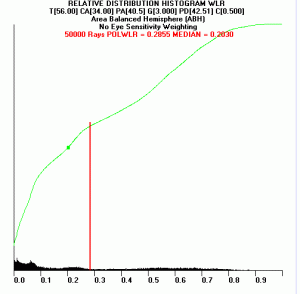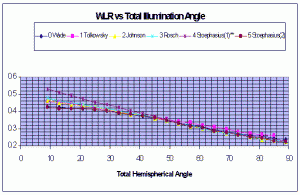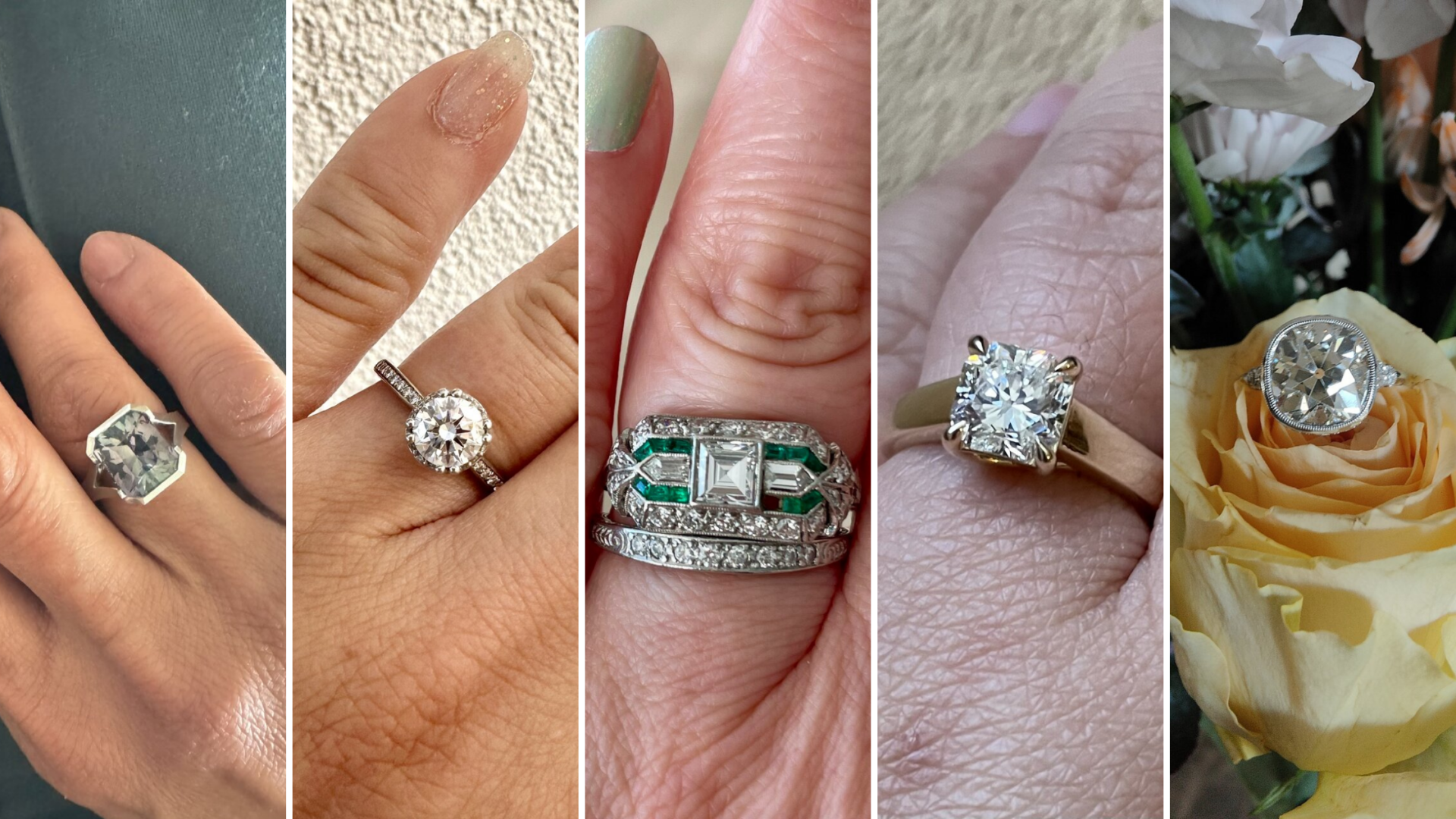- Joined
- Aug 15, 2000
- Messages
- 18,542
Marty AGS use DiamCalc to model their 3 colored ideal-scope type scope from 3D scans. That is the lighting format.
Re the GIA article on the "foundation" of their new system - do you think it is relevant to discuss here or on a new thread? (I think here is appropriate because of the ray tracing (oops - wash my mouth out - beams) stuff you guys are discussing.
But other issues may best be covered in a new thread.
Foreigners must wait for our copies

BTW Marty - it would be nice if you could write a review in english too

Re the GIA article on the "foundation" of their new system - do you think it is relevant to discuss here or on a new thread? (I think here is appropriate because of the ray tracing (oops - wash my mouth out - beams) stuff you guys are discussing.
But other issues may best be covered in a new thread.
Foreigners must wait for our copies

BTW Marty - it would be nice if you could write a review in english too

















300x240.png)